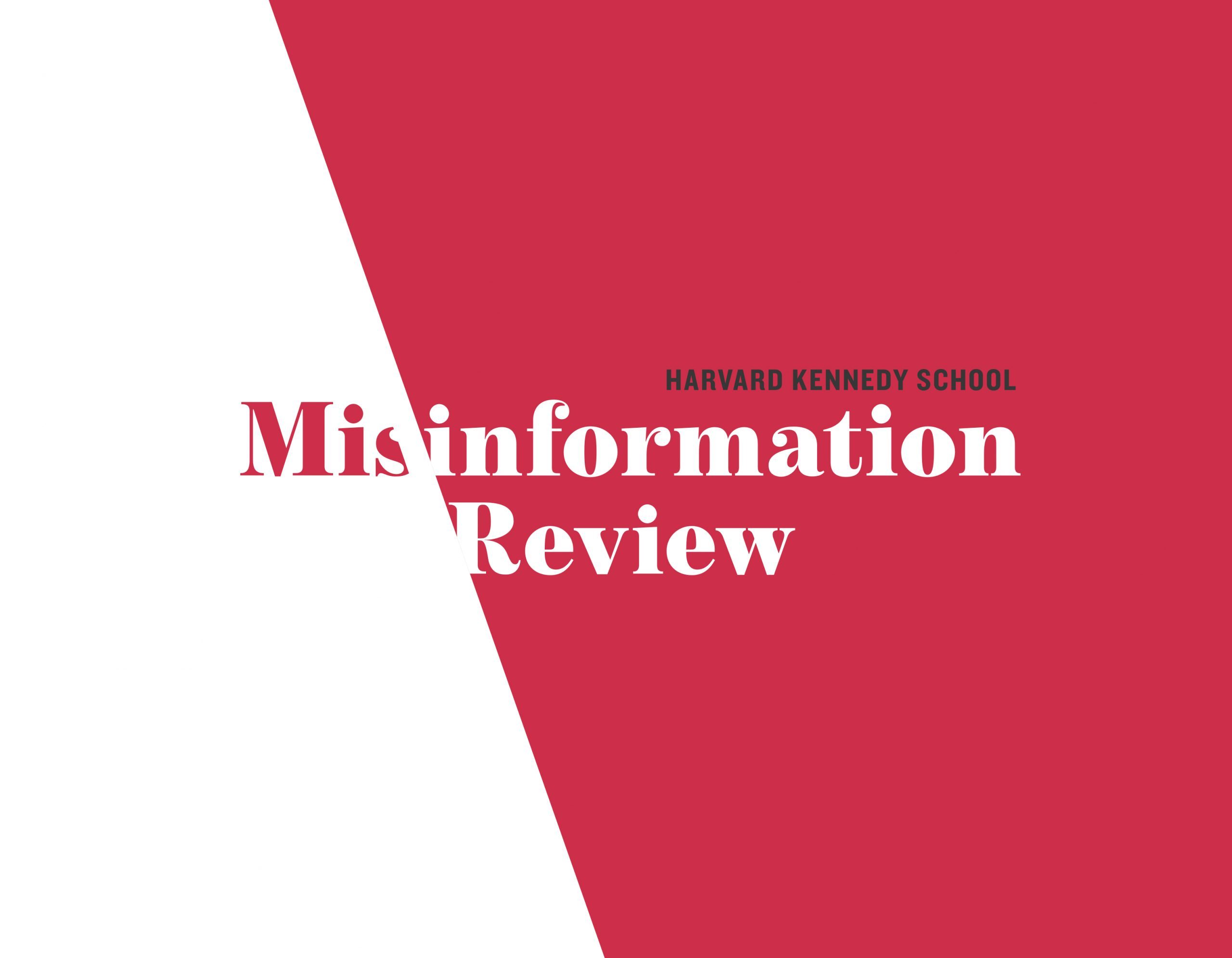Efforts to contain the COVID-19 pandemic have been complicated by a parallel infodemic, defined as an overabundance of information, including misinformation, which occurs during a disease outbreak (WHO, 2021). With over 3.8 billion users globally (DataReportal, 2021), social media and messaging platforms (hereafter referred to as SMPs) have become one of the major means of seeking and sharing COVID-19–related information. While the wide reach of SMPs has benefits in democratizing information access, it has also contributed to facilitating the rapid spread of mis- and disinformation (Cinelli et al., 2020; Kouzy et al., 2020). Some examples of COVID-19 misinformation1 that have spread widely on SMPs include claims that 5G causes the virus and that COVID-19 vaccines alter DNA (Islam et al., 2021, 2020; Naeem et al., 2021). Such types of misinformation have been widely viewed and shared on SMPs (Nielsen et al., 2020). A recent study found that exposure to such types of misinformation was negatively associated with vaccination intention (Loomba et al., 2021), illustrating that misinformation has real consequences for containing the pandemic.
Research note: Examining how various social media platforms have responded to COVID-19 misinformation
December 15, 2021


